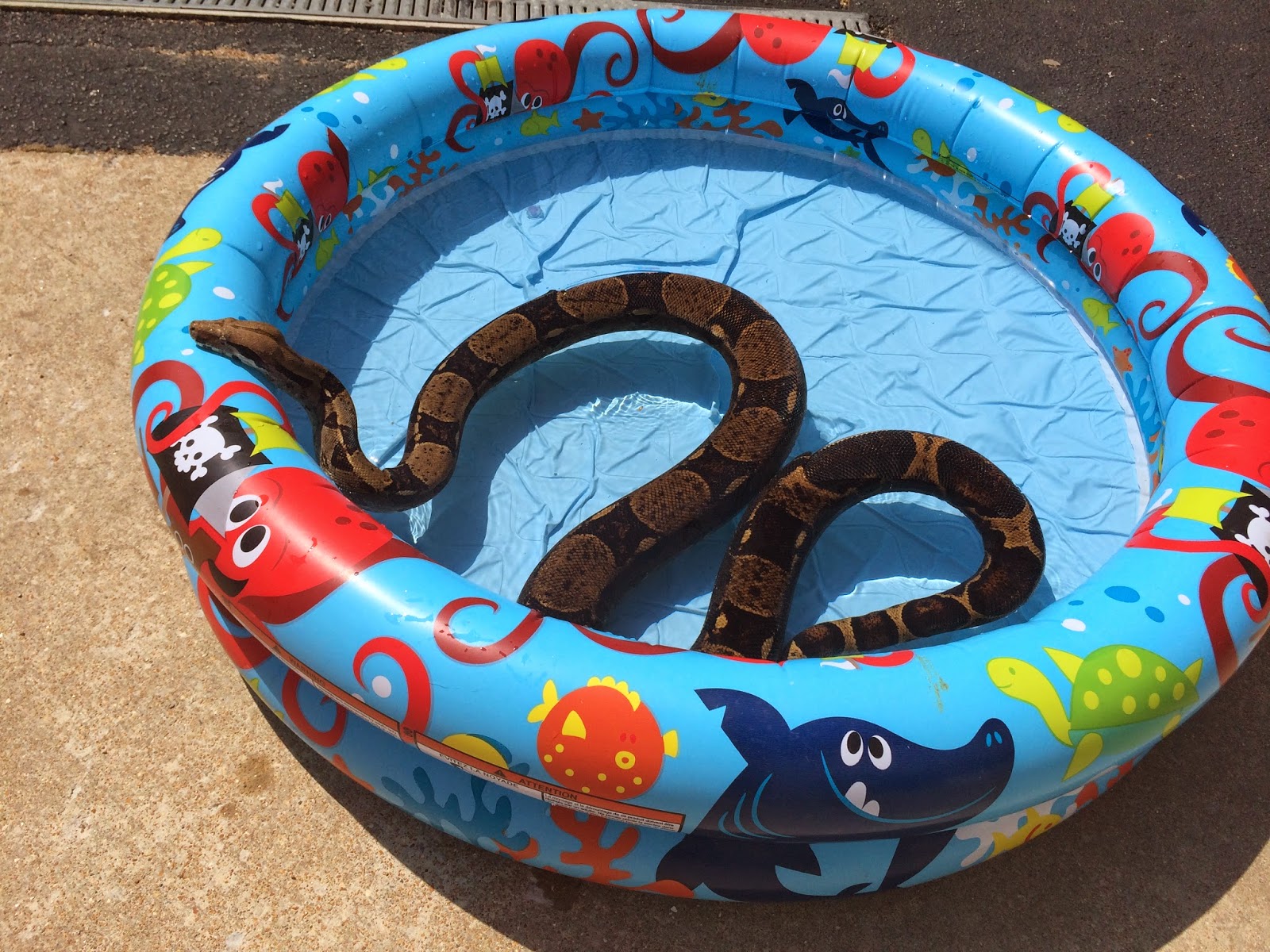May has been a very
busy month with lots of photography
options. My first opportunity came
with a work adventure.
The Osprey parents weren't too happy with the humans at their nest (photo: Cathy Spahn)
World Bird Sanctuary works with many organizations when it comes to bird issues. In this case it came with an Osprey
that had nested on a crane over 180 feet in the air. The organization wanted to help the birds, yet the crane was
needed. So, several of us went on
an adventure to rescue the eggs. I
stayed on the ground taking photos, since I have a very large fear of
heights. Walter and Adam ventured up in a lift to the nest to rescue the eggs.
Hopefully these Osprey parents will find a better location for their next nest (photo: Cathy Spahn)
While taking photos of what was going
on I took a few nice photos of the Osprey parents as
they hovered overhead. The
eggs were taken to World Bird Sanctuary to be put in the incubator. If the eggs hatch we will then raise the young for release back into
the wild.
The next photo
opportunity came at World Bird Sanctuary’s Annual Spring Camera Day. I usually work the event, so I do not
have a ton of time to take photos, but I can usually take a few. There are two photos that came out of
this day that I really like. The
first is Rustle, the Nine-banded Armadillo. This year I decided to try something different and went for
Rustle. Rustle is a very challenging
subject to photograph because he does not sit still. We put Rustle on a table with logs, leaves, flowers, and
rocks. He went to town plowing it
all over and knocking about 80% onto the ground. Then he discovered a small colony of ants that came out of
the log and he got a nice big snack!
He had a good time and will be a guest again at camera day, but possibly
in a different set up.
Notice how well Oliver blends into the tree trunk--would you spot him in the woods? (photo: Cathy Spahn)
The next Camera Day
photo opportunity came at the end of the day. I really wanted to try getting a few photos of our two
Eastern Screech Owls Timber and Oliver in the same photo. First the trick to this photo was to
keep the birds separated so they could not get to each other. The first set up involved a large log
and one screech owl up high and one down low. That was a good idea, but the photo was still very
distant. Then I remembered that we
have a screech owl box set up. We
put Timber inside the box, since he does not
mind the box. Then we put Oliver
on top, since he was not sure of the box earlier in the day. They both sat perfectly! This was my favorite of the two birds
and a nice way to show the two different color phases.
The last work
adventure that resulted in many photos was a sudden trip. One day I was leaving to head out bird
watching when Jeff Meshach, WBS director, pulled
up and asked if I would like to go with him to place Barn Owls for
release.
Me and Jim the farmer waiting to release the babies into their new home (photo: Jeff Meshach)
Away we went heading
south to a farm with 6 Barn Owls to be hacked
into the wild. Hacking is the
process of putting young birds into an artificial nest, or in this case a
barn. The nest is closed for a
period of time (so the babies can’t leave) and humans provide food. Then the doors are opened.
The newly released Barn Owls looking over their temporary new home (photo: Cathy Spahn)
As the babies fly to and from the
artificial nest, humans provide food for
anywhere from a few days to a week.
This supplements food they may catch as they develop their flight skills. The young are then off and on their
own. This method has been used for
a long time and has helped to bring many endangered species back from the brink
of extinction, such as the Peregrine Falcon. This photo was taken by Jeff of Jim the farmer and me with
two of the owls ready to go.
So these are just a
few of my photos for the month.
Sometimes the photo opportunities are planned and other times they just
happen. I have had people say they
want to come with me to take photos.
I can fully admit sometimes it really is just dumb luck on what comes
about. What makes the big
difference is just getting out and taking photos--not just sitting at home
waiting for something to happen.
Submitted by Cathy
Spahn, World Bird Sanctuary Naturalist











































